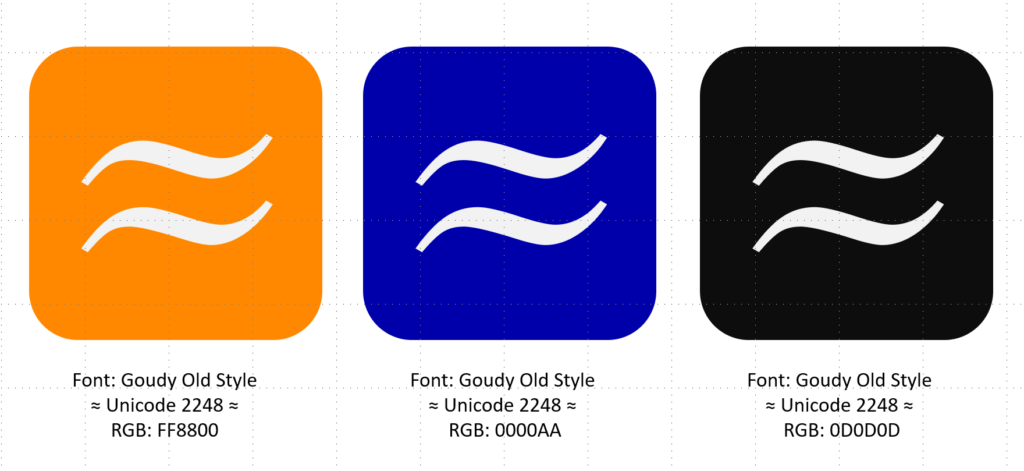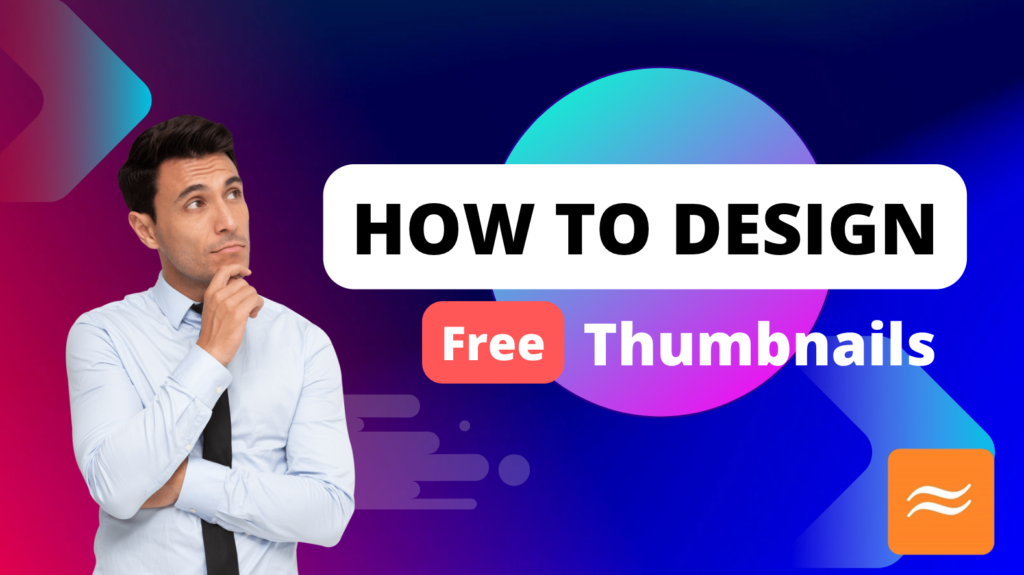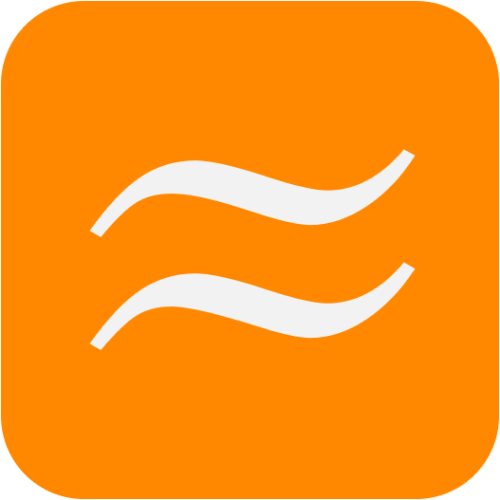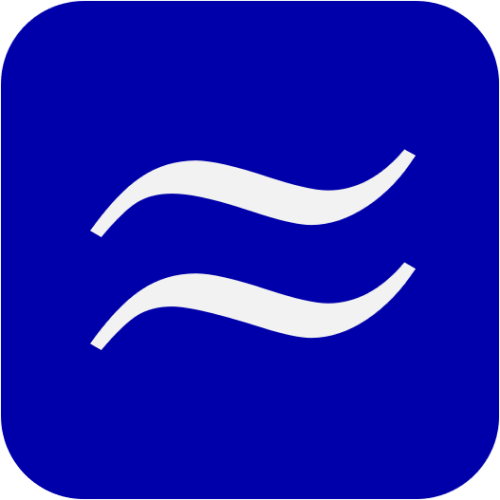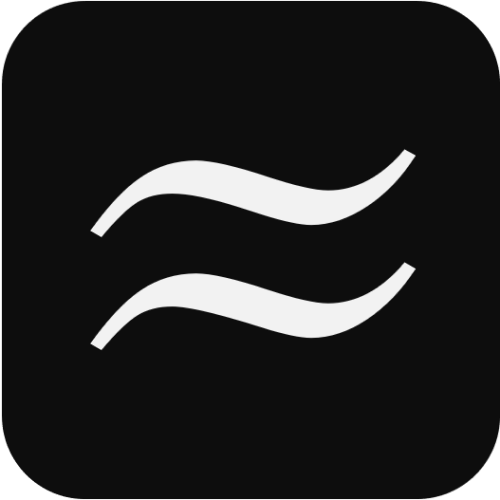Typical Logo Placement
The best practice for video productions is to include all three ToneTip branding elements (logo, jingle, and introduction statement). This informs your audience that you are using ToneTip Audio QR codes in your video productions. If you have a website, add a link to the ToneTip.com website. This will encourage more viewers to download the ToneTip app, engage with your media, share your production, and boost your media monetization.
Additional Logo Placement
In addition to placing the ToneTip logo at the beginning segment of video productions, there is an added benefit to include the logo whenever a ToneTip has been added. With video productions, it is common to include the logo and jingle whenever a ToneTip has been added. This reinforces the message that you are using Audio QR codes and encourages viewers to download the app so they don’t miss out.
Standard Video Introduction Statement
With videos, the ToneTip Standard Video Introduction statement (shown above) should be used within the first few minutes of each video. This will encourage viewers to enable the ToneTip app before they get fully engaged with your video.
With TV stations, the ToneTip Standard Video Introduction statement should be used at least every four hours. It is best to include the standard introduction at the beginning of news segments, where you may have several news related ToneTips along with sponsor messages.
ToneTip Jingle
With video media, using ToneTip Jingle along with the logo, helps to inform your viewers that you have just added a ToneTip. Some viewers may be vision impaired, or may be momentarily just listening, rather than watching, so adding the jingle provides a secondary notification. The best practice is to add the jingle at the very end of each ToneTip such that the ToneTip end and jingle end are aligned in time. With this arrangement, the user will hear the jingle at exactly the same time that the ToneTip appears on their screen. For the app user, this creates anticipation and excitement that more information is available just for them. Over time, your audience will expect to engage with your media whenever they see the ToneTip logo, or hear the ToneTip jingle. This practice is explained in ToneTip Tutorial #302, Basic ToneTip Video Editing.
Music Usage
Recorded music and live concert productions may include ToneTip Audio QR codes to promote individual musicians, the band, display concert tour dates, sell merchandise, or anything else the music producer desires to promote. Audio QR codes may be added to music tracks without disrupting the music. Audio QR codes can be added to each track to provide an additional source of recognition and revenue for musicians. Online album or track cover art should include the ToneTip logo to inform music fans that the music production contains audio QR codes. If online or paper tickets are used to live concerts, the ToneTip logo should be included with the ticket.


